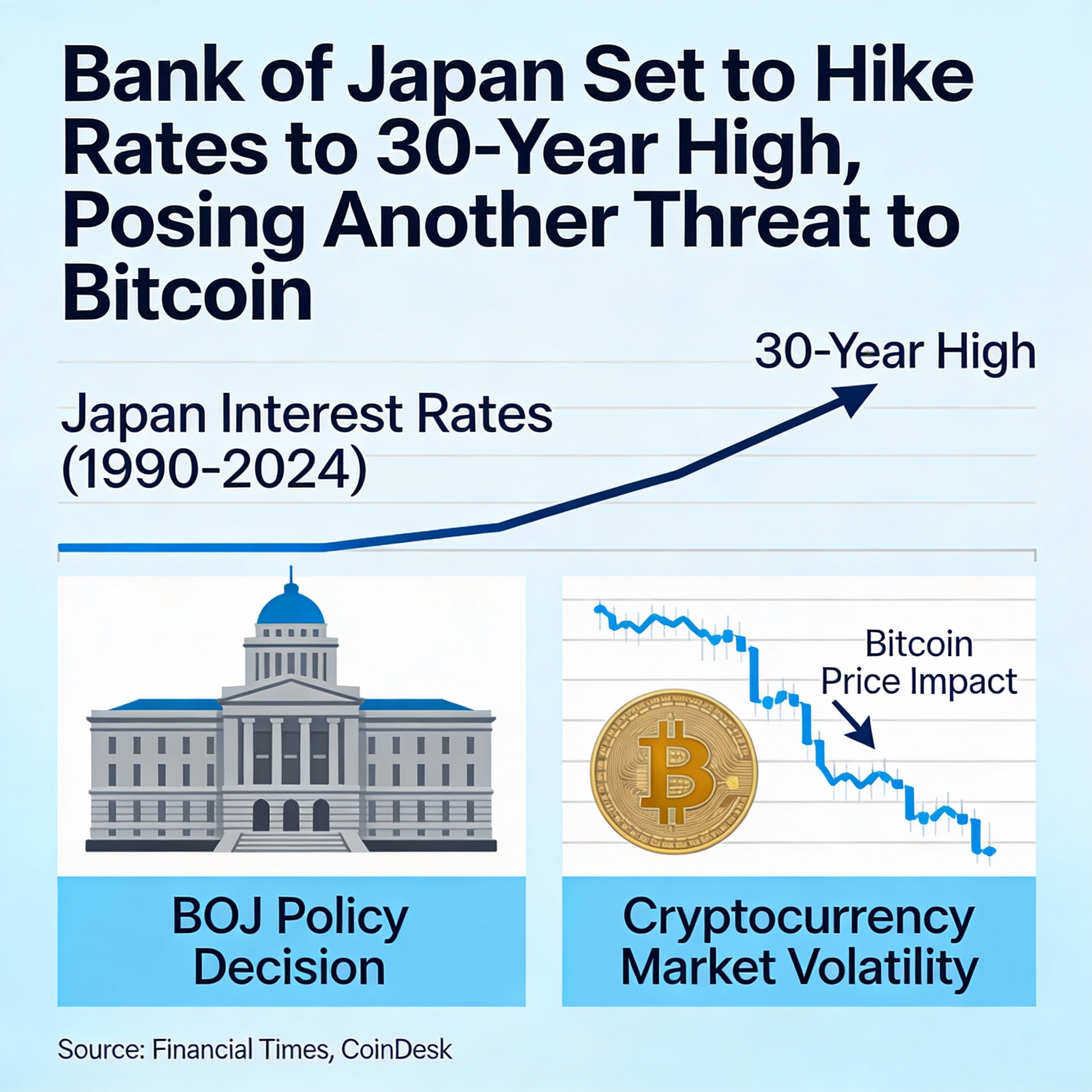Bitcoin Volatility Sinks to Lowest Level Since 2023, Tracking Wall Street Behavior
Bitcoin (BTC) is showing signs of maturing as its price volatility drops to levels not seen in nearly three years—mirroring patterns typically observed in traditional equity markets.
The cryptocurrency has been trading quietly between $110,000 and $120,000, and that stagnation has pushed its 30-day implied volatility down to an annualized 36.5%, according to Volmex’s BVIV index. The last time volatility was this low was in October 2023, when BTC was under $30,000, based on TradingView data.
This sharp decline in implied volatility suggests options traders aren’t positioning heavily for near-term price swings, even as U.S. economic indicators point to the risk of stagflation. Implied volatility typically rises when demand for options increases—either to hedge risk or bet on larger moves.
A similar story is playing out in U.S. equities. The VIX, which tracks volatility expectations in the S&P 500, has fallen after briefly spiking from 17 to 21 last Friday.
BTC’s Behavior Is Looking More Like Stocks
BTC’s implied volatility has been steadily falling for months, even as its price surged from $70,000 to above $110,000 since November. Historically, bitcoin’s volatility and spot price often moved together, increasing in both bull and bear cycles.
Now, that trend has reversed.
Analysts attribute this shift in part to the growing use of structured crypto products, particularly strategies that involve selling out-of-the-money call options. These products tend to suppress implied volatility, especially during upward price trends.
This new pattern is a sign of bitcoin increasingly behaving like traditional financial assets—where volatility often fades during stable bull markets.





